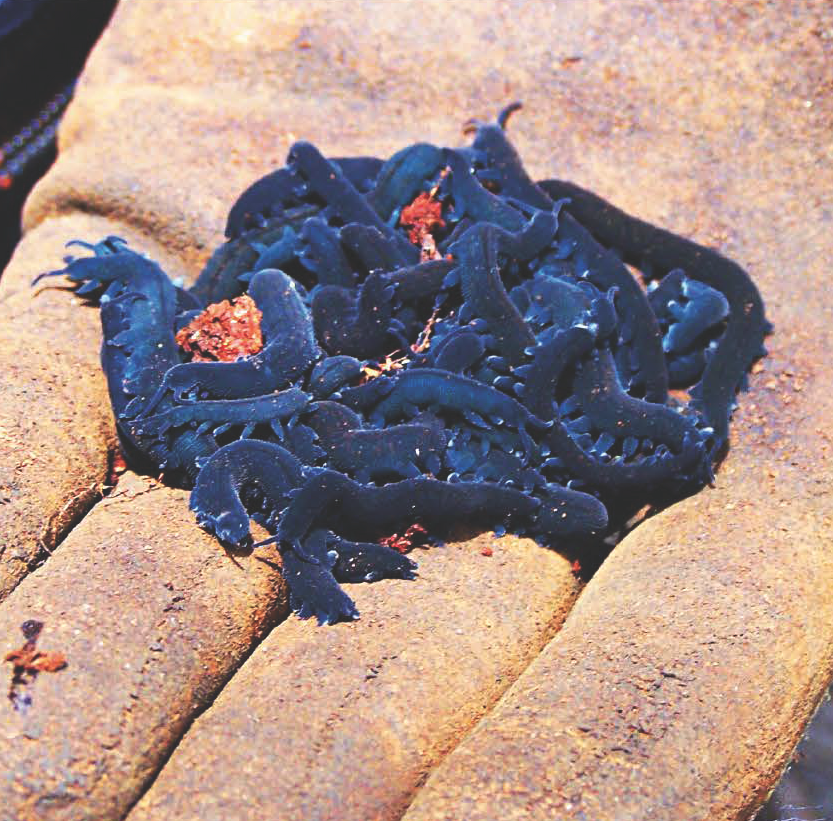Arthroverts
Arachnoking
- Joined
- Jul 11, 2016
- Messages
- 2,468
The Velvet Worm Club is sort of on the low-boil right now, I've actually been meaning to talk with @AbraxasComplex about how to best keep it going. I will update here once I have something more to add.
Thanks,
Arthroverts
Thanks,
Arthroverts






